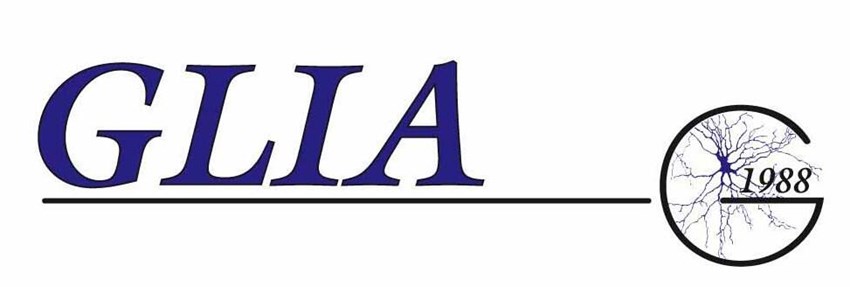João Filipe Oliveira, investigador principal do projeto de investigação 37/18 - Decoding the neuron-astrocyte dialogue that supports cognitive processing, apoiado pela Fundação BIAL, publicou na revista científica GLIA o artigo Astrocyte structural heterogeneity in the mouse hippocampus. O autor conclui que a principal descoberta deste trabalho é que os astrócitos do hipocampo exibem heterogeneidade estrutural nos subcampos do hipocampo que é conservada ao longo do eixo dorsoventral.
ABSTRACT
Astrocytes are integral components of brain circuits, where they sense, process, and respond to surrounding activity, maintaining homeostasis and regulating synaptic transmission, the sum of which results in behavior modulation. These interactions are possible due to their complex morphology, composed of a tree-like structure of processes to cover defined territories ramifying in a mesh-like system of fine leaflets unresolved by conventional optic microscopy. While recent reports devoted more attention to leaflets and their dynamic interactions with synapses, our knowledge about the tree-like "backbone" structure in physiological conditions is incomplete. Recent transcriptomic studies described astrocyte molecular diversity, suggesting structural heterogeneity in regions such as the hippocampus, which is crucial for cognitive and emotional behaviors. In this study, we carried out the structural analysis of astrocytes across the hippocampal subfields of Cornu Ammonis area 1 (CA1) and dentate gyrus in the dorsoventral axis. We found that astrocytes display heterogeneity across the hippocampal subfields, which is conserved along the dorsoventral axis. We further found that astrocytes appear to contribute in an exocytosis-dependent manner to a signaling loop that maintains the backbone structure. These findings reveal astrocyte heterogeneity in the hippocampus, which appears to follow layer-specific cues and depend on the neuro-glial environment.





























































































